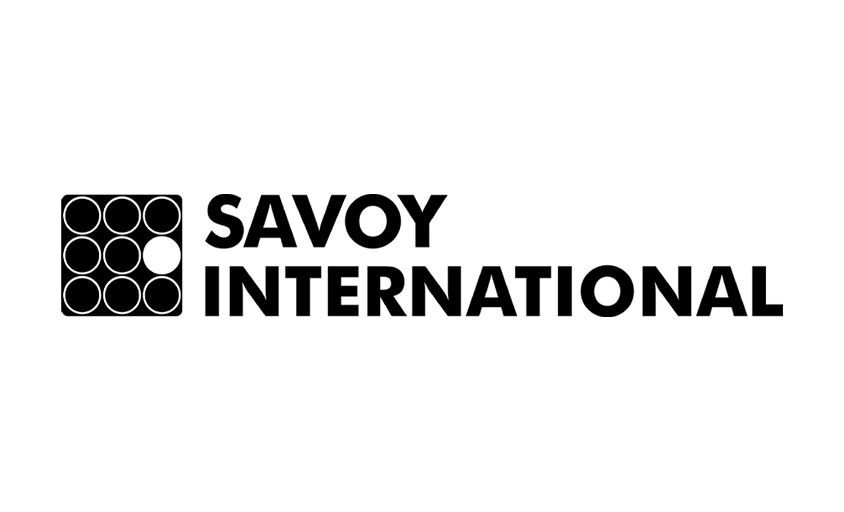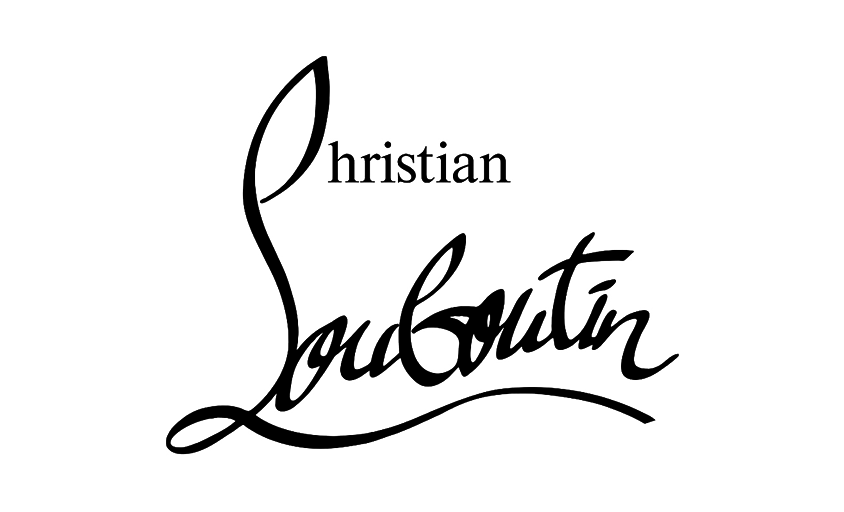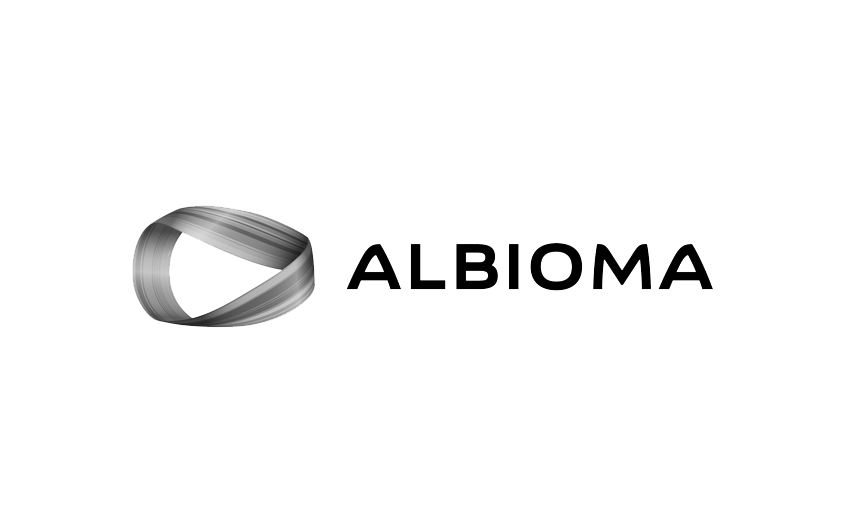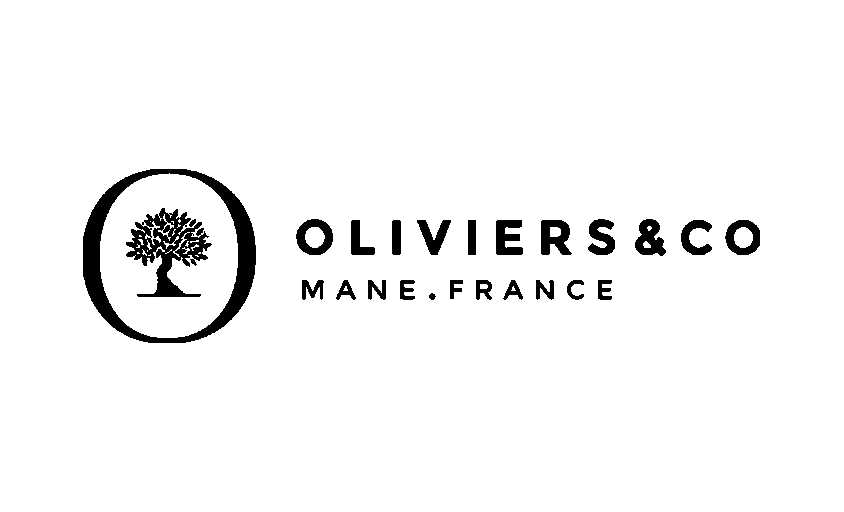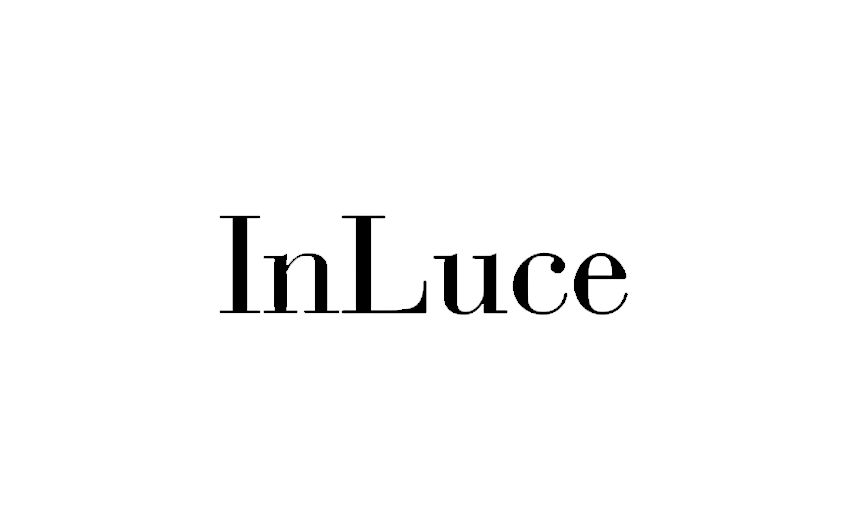Shadows and Highlights
In this article :
In photo retouching, managing shadows and highlights is crucial for achieving a harmonious light balance and revealing all the details of an image. Shadows refer to the darkest areas, while highlights refer to the brightest parts. An improper balance between these two extremes can lead to a loss of details, either through blocked-up areas (too dense shadows) or blown-out areas (overexposed highlights). Adjusting these parameters in post-production helps restore lost information and refine the overall look of a photo.
Definition and Role of Shadows and Highlights
Shadows and highlights directly influence the contrast and dynamics of an image. A photo with too much contrast may lack nuances in the midtones, while overly uniform lighting can result in a flat and dull appearance. Proper correction adds relief to the scene, guides the viewer’s eye, and strengthens the desired lighting mood.
- Recover Lost Details: By adjusting the shadows, you can lighten certain areas without affecting the depth of the image. Similarly, reducing the intensity of highlights helps avoid an overexposed effect.
- Create Volume: A good balance of shadows and highlights adds depth and realism to textures.
- Control the Mood: An image with deep shadows and intense highlights may appear more dramatic, while soft lighting gives a more natural and balanced atmosphere.
Techniques and Adjustments in Photo Editing
Modern editing software offers several tools to adjust shadows and highlights:
- Dedicated Sliders: Independently adjust the shadows and highlights for precise exposure control.
- Tone Curves: Modify the intensity of dark and light areas using a curve adjustment for a more subtle result.
- Brushes and Graduated Filters: Make localized corrections to balance specific areas of the image without affecting the whole.
- Luminosity Masks: Use advanced selections to target only the areas that need correction.
These tools allow you to recover lost details and refine the lighting for a more natural and balanced image.
The Impact of Shadows and Highlights on Visual Consistency
Working with shadows and highlights in photo retouching is not only about recovering details; it’s also a way to enhance the image’s readability and strengthen the artistic intent. Excessive correction can lead to an artificial look, while subtle adjustments guide the eye and highlight key elements in the composition. Therefore, shadow and highlight adjustments should be made based on the visual message you want to convey.
Conclusion
Shadows and highlights are essential parameters in photo editing, allowing you to recover details, modulate light, and add depth to images. Proper management of these elements ensures a balanced visual dynamic and a professional result. Whether you’re correcting imperfect exposure or stylizing an image, adjusting shadows and highlights is a crucial step to enhance your photos. Are you ready to master these adjustments to bring out the full intensity and depth of your images?
Jérémy Carlo is the editorial director at Rétines, where he ensures the consistency and clarity of all content produced by the studio.
Our Clients
Let’s discuss
What we do for you at Rétines
Meticulous work, an organised project and fast delivery. And to achieve this, we mobilise the right resources in our teams at the right time.
01
Pre-production
Artistic and technical direction tailored to the project.
Relevant recommendations on content, form and resources.
02
Photo Shooting
Photos taken by our experienced photographers.
Production that’s controlled, efficient and tailored to the needs of the project, with nothing superfluous.
03
Retouching
Technique
Photographs magnified by our retouching team.
Post-production to meet the commercial challenges of the brief.


